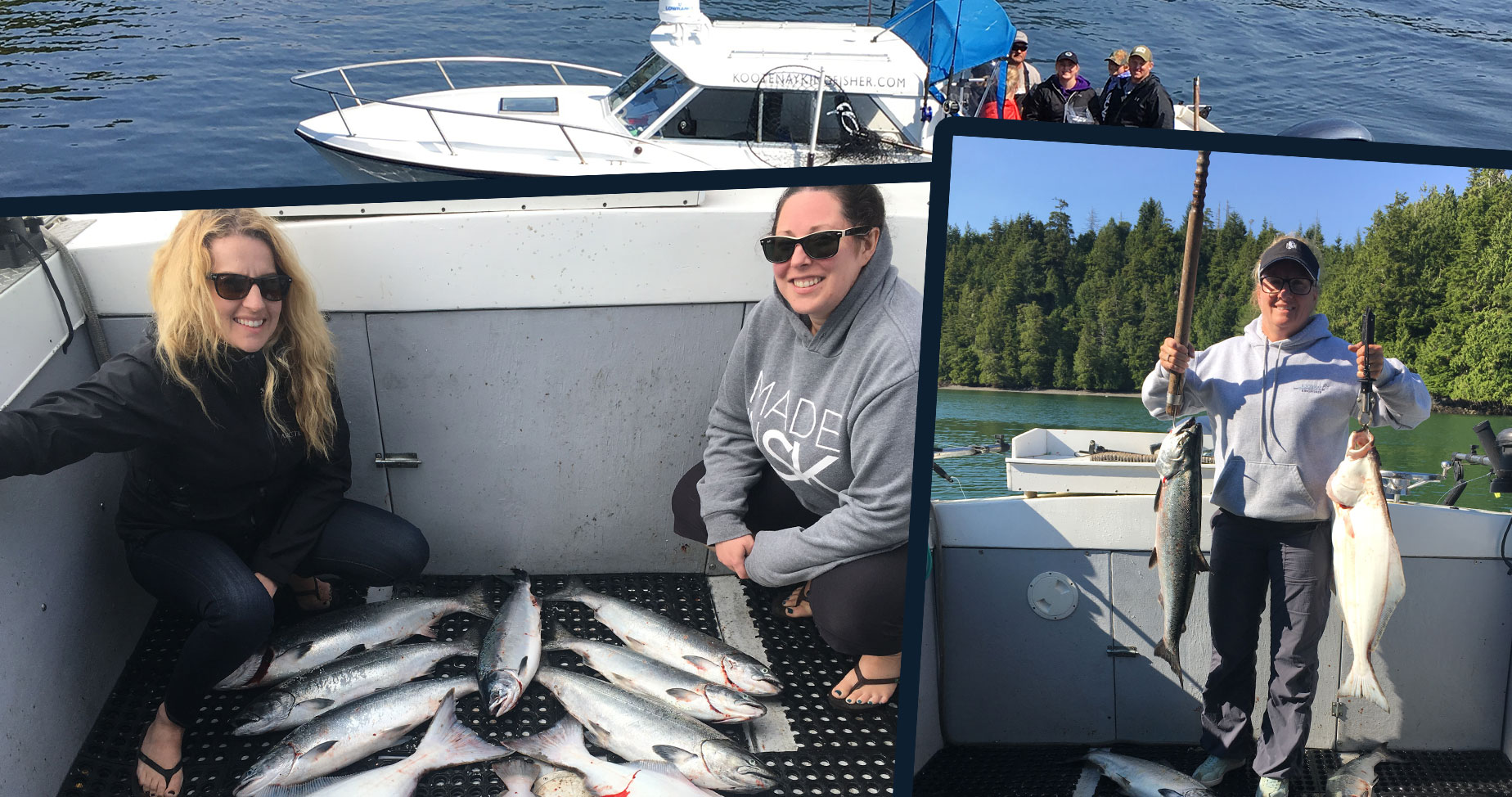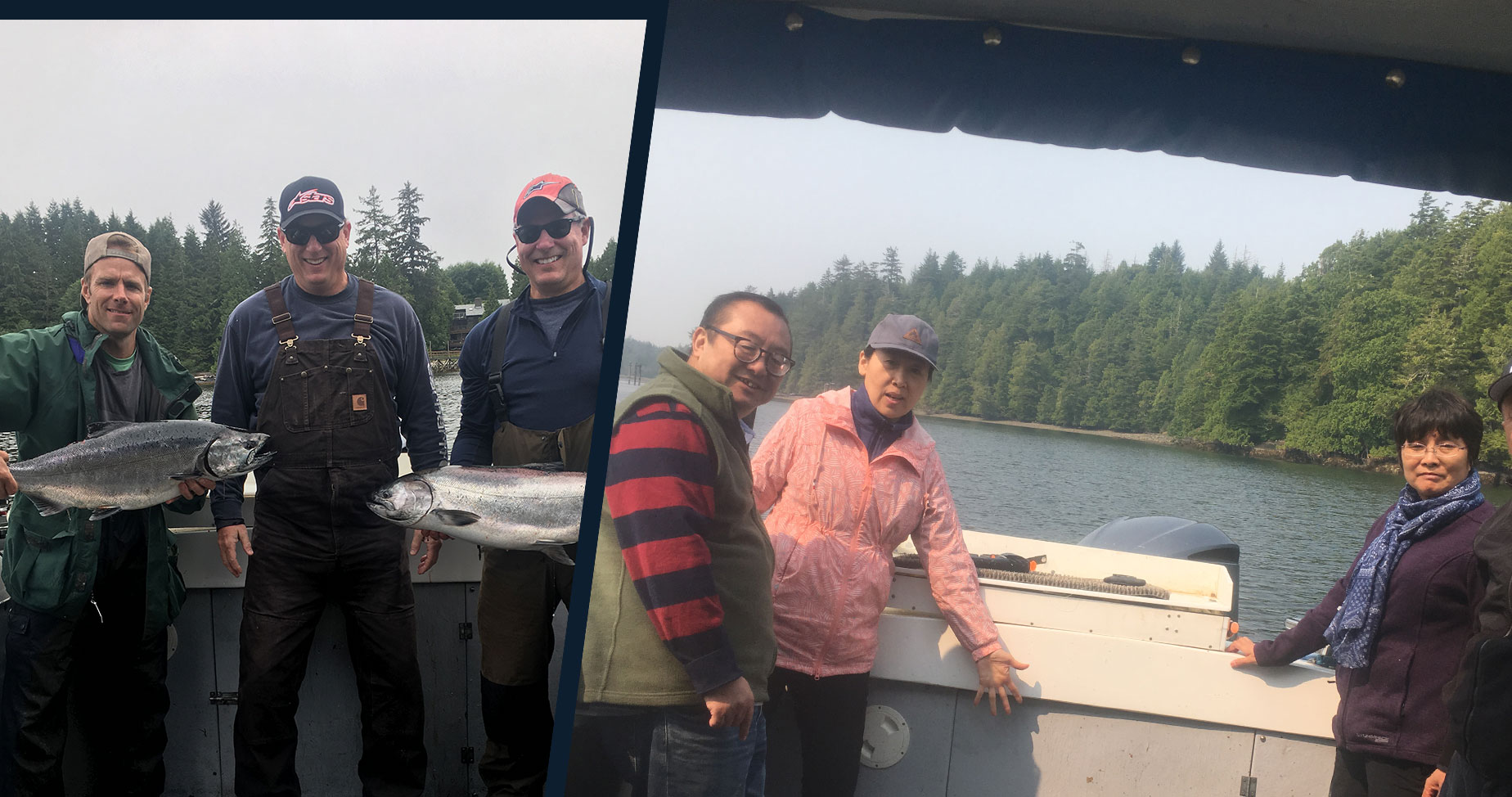Salmon fishing and halibut fishing off Vancouver Island gives you access to a large array of local fish. Here is what you can expect to catch on your personal fishing tour.
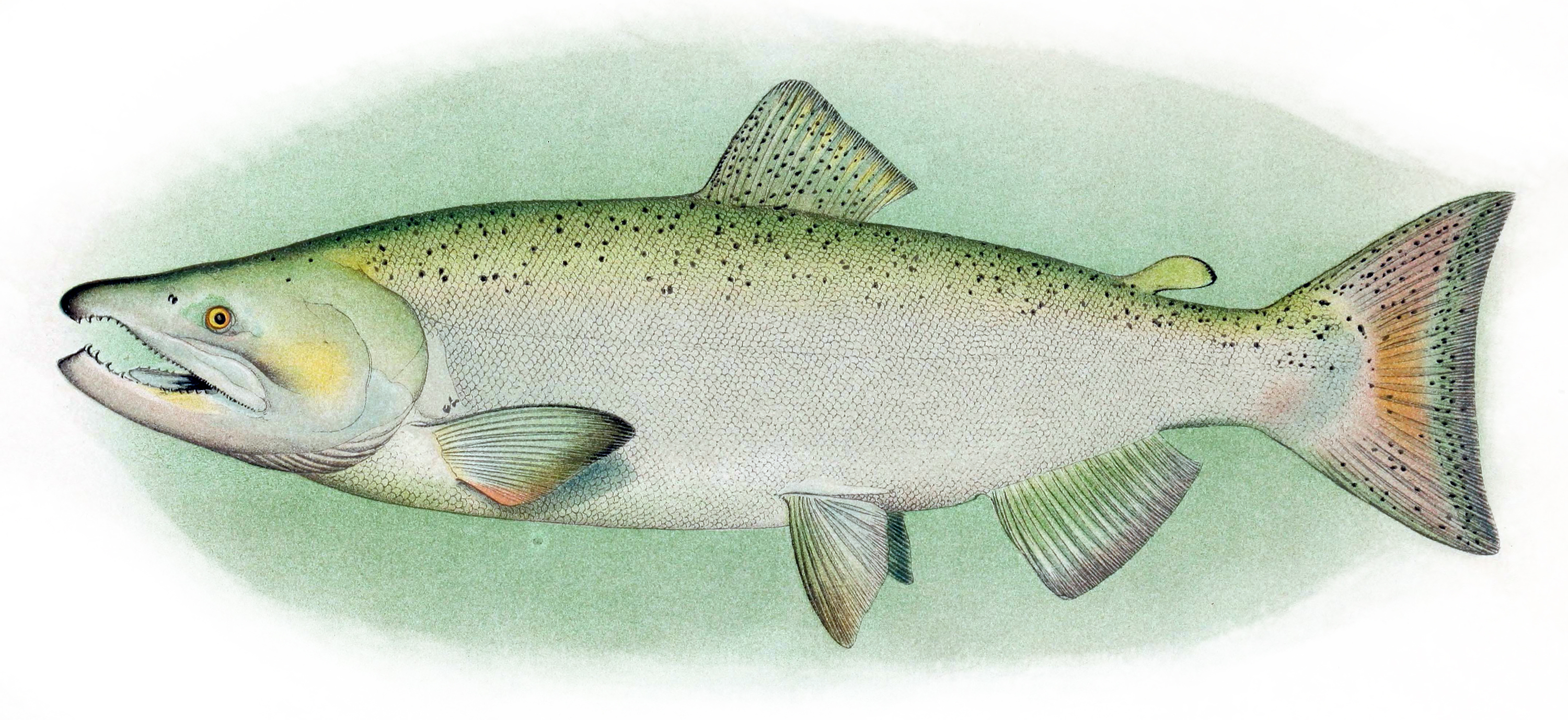
Chinook salmon
Most of our anglers dream of catching that big chinook and we can make your dream come true. This prize catch averages out at 30 pounds and is between 30-40 inches for a fully matured fish, but they can top 100 pounds in weight. Interestingly, the blue-green mottled skin turns reddish when spawning.
Cooking Chinook Salmon
The “king of salmon” is excellent on the BBQ as the firm flesh holds up well on a hot grill. A light sprinkle of lemon and a dusting of salt and pepper makes the naturally delicious flavour shine through, but if you ever wanted to try cedar planked salmon, this is the fish to use. For a real treat, brush a chinook filet with a whiskey maple glaze.
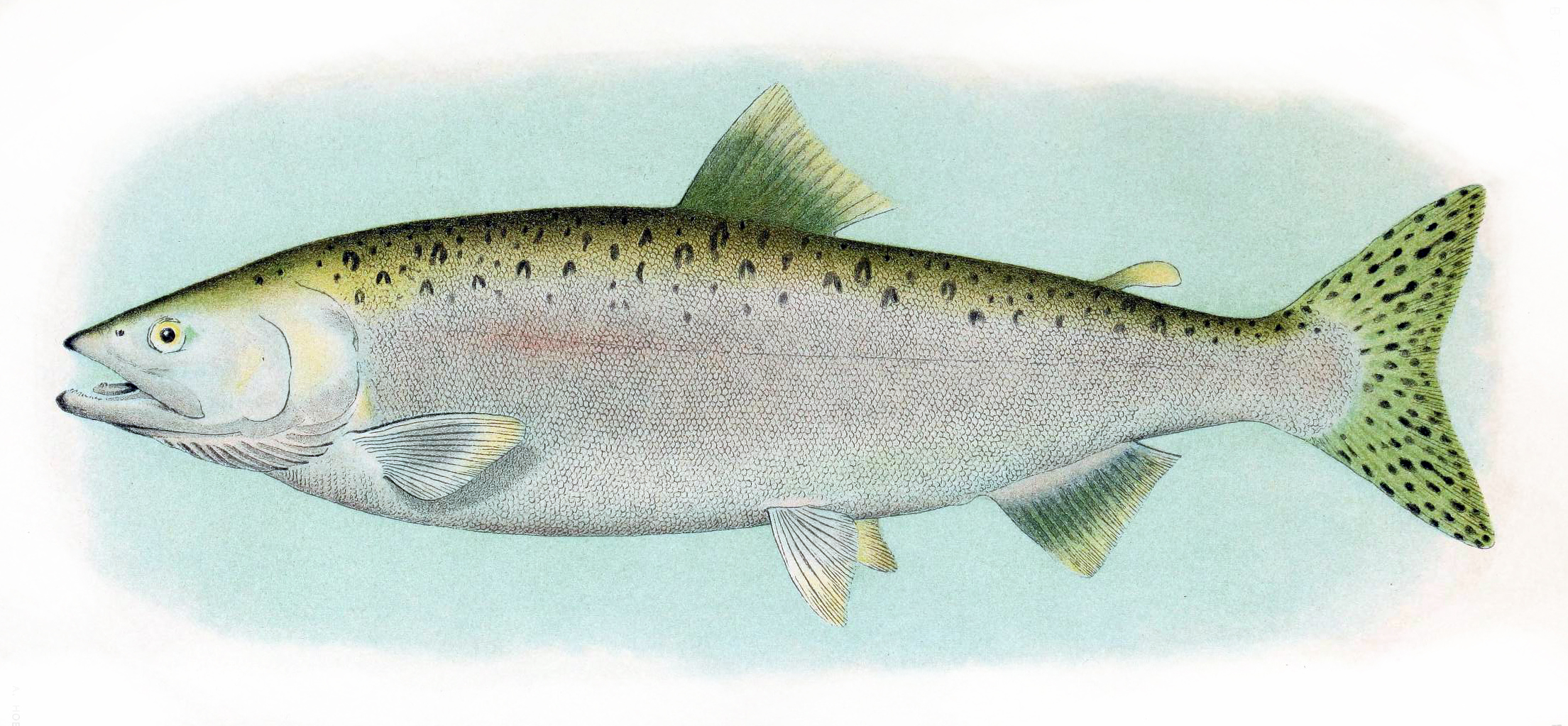
Pink Salmon
Also known as humpies or humpback salmon, these plucky fish are typically 3-11 pounds and between 18-24 inches long. Don’t let their size fool you! On light tackle they put up a good fight. Since they like to travel in schools for protection, when you spot a pink salmon there is likely many more in the immediate area.
Cooking Pink Salmon
The light pink meat is delicious when seasoned with lemon and dill. Try a lemon pepper blend for extra zip. For a heartier flavour, season with paprika and pepper and at the end of cooking sprinkle with a finishing salt, like pink Himalayan or smoked salt. Of course, you can never go wrong with any type of BBQ rub, be it a sultry mesquite or a sweet and smoky maple.

Coho Salmon
A nice 8-12 pounds and up to 24 inches in length, coho are highly sought after because landing them is a real challenge. These scrappers are incredibly agile with the ability to jump vertically and horizontally. They also tend to dart sharply when feeding; be prepared to be very active when trying to land this fish!
Cooking Coho Salmon
It’s worth the fight, though, as some salt, olive oil, and white pepper on a pan-seared or foil-baked coho fillet yields a melting, mouth-watering bite. Ramp up the flavour by steaming it over lemon slices before topping it with fresh herbs from your garden.
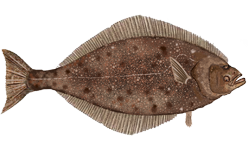
Pacific Halibut
Pacific halibut is known for its distinctive flat-fish shape and its impressive size, which can easily top 100 pounds. While you might find a whopper like that in our waters, the most common size anglers catch on our tours is between 15-20 pounds.
Thanks to their size and heft, landing a halibut is a very exciting challenge. Experienced anglers often turn to halibut spears, shark hooks or gaffs. Don’t be fooled by the complacent demeaner of these fish; they are nice and calm while submerged but once their snout breaches through the water they start thrashing, giving you a thrilling ride as you fight to land this big fish.
Cooking Halibut
You’ll want to avoid spearing or hooking halibut through the filets so you can cook them up later. The firm, white flesh is delicious when seasoned in simple ways, such as with salt, pepper, lemon, garlic and parsley. It’s easy to cook too, as it can be roasted in a baking dish, pan seared, or put on the grill.
In addition to the most widely caught fish noted above, many of our guests also hook:
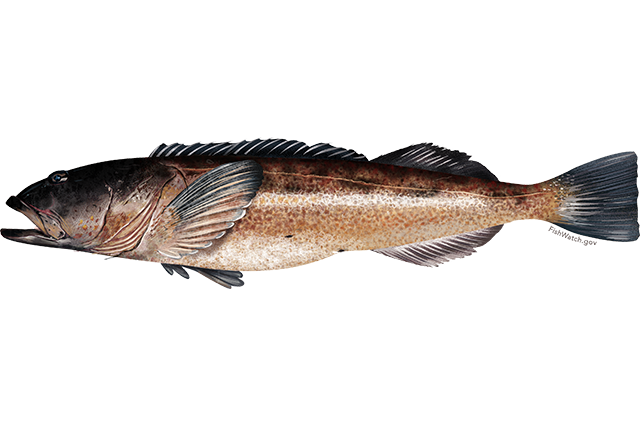
Ling Cod
They can grow to exceed 80 pounds in weight and 60 inches in length, they feature 18 sharp teeth (that you need to avoid), and they are ferocious hunters. Ling cod attack everything and anything; they are known to attack other lings that have been hooked. Don’t be surprised if your fish surfaces with another hungry ling cod biting down on your catch’s tail!
Cooking Ling Cod
These feisty fish are hard to land but when you do, it’s worth the effort. With a flesh texture and taste similar to halibut, you can steam or poach the flesh or broil them up in a little butter. Don’t overwhelm it with a lot of seasonings. Butter, salt, pepper, lemon, and basil or dill is the perfect complement. If you’ve never tried poaching fish before, this is a good one to learn on. Immerse in a poaching liquid of lightly seasoned water and lemon juice and enjoy the fruits…er… the fish of your labour.

Vermilion
Good things come in small packages, as is the case with vermillion. A type of snapper, these little guys average six pounds in weight and 25 inches in length. An excellent catch for the new angler, all you need is steady hand to wind them in before gently lifting your vermillion into the boat.
Cooking Vermillion
Snapper is a wonderful fish to use in Cajun fish recipes, and it’s also delicious breaded and fried. Go bold on the seasonings with cayenne, white or black pepper, onion and garlic powder, and pungent herbs like oregano.
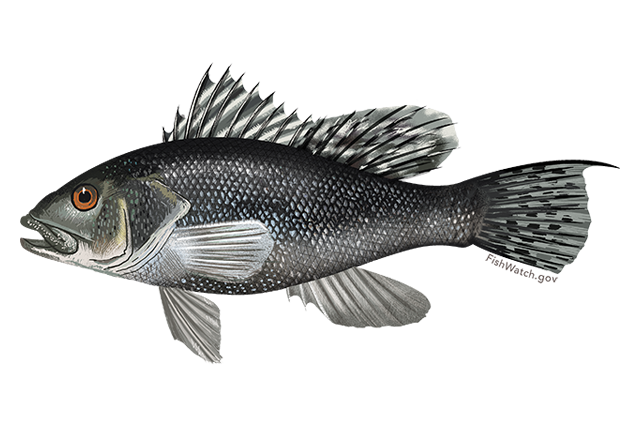
Black Bass
If there was a most wanted poster for fish, anglers would choose the black bass for the photo. Despite an average size of 12 pounds, the fun comes in when they see your bait. These fish strike fast and strike hard. They are feisty fighters, are attracted to almost any kind of bait, and they will attempt to rip that bait – and your hook – right off your line. You’re in for a wild ride when a bass is on the end of your line.
Cooking Black Bass
When you do land it, however, you are in for another treat. Bass flesh is white, firm and tastes very fishy. It doesn’t flake away when cooked like most fish, and it has fewer bones to contend with too. Those that like the taste of the ocean crave bass. Those that like this fish’s texture but don’t care for the “fishy” taste can easily cut it with lashings of browned butter and lemon.
With its strong flavour, you need herbs and spices that can hold their own. Cook the filets with the skin on and be very liberal with springs of thyme and rosemary, truffle salt, olives and a little acidity like orange, lemon, or lime juice for that special added touch.
.

